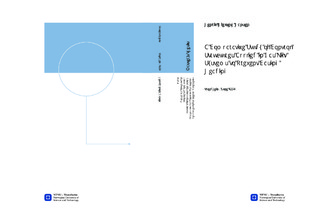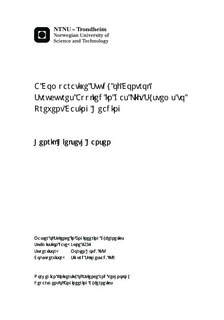| dc.description.abstract | Gas lift is an artificial lift technique which is intended to be used in oil and gas production systems to enhance the oil recovery rate. The technique is used in production systems which suffers from insufficient production rates because of inadequate reservoir pressure. The principle is to inject extra gas, from an external source, into the fluid mixture flowing out of the reservoir. This reduces the weight of the fluid column, which in turn enables the reservoir pressure to lift the mixture of fluids up to the surface. Thus, the restriction in production rate, resulting from insufficient reservoir pressure, is resolved. The casing heading instability cycle is a phenomenon which may occur in such gas lift systems at certain pressure and flow conditions. In such a case, a blocking constraint leads to an accumulation of gas that is building up a high pressure in the container storing the extra gas. Eventually the pressure is able to overcome the blocking constraint which further leads to a production flow blow out at the surface. This process repeats itself over a period of several hours. The resulting flow regime may be damaging to the receiving surface equipment. It also leads to a decrease in the average production rate, which is highly undesirable.In this thesis a new low order mathematical model to describe the casing heading instability is presented. The model is further compared and fitted to a gas lift case implemented in the advanced OLGA flow simulator, which is regarded as the real flow process in this thesis. A controllability analysis is performed on the newly fitted model, and the results of the analysis are used to investigate which control structures that seems reasonable for stabilizing the casing heading instability. The most promising control strategies are further tested in simulations, both on the low order model and on the advanced flow simulator. The results from the analysis, which is further confirmed in simulations, show that out of the measurement candidates that were considered in this thesis, the bottom hole pressure, i.e., the pressure measured in the well or near the depth of the producing formation, is the single best measurement to use for both disturbance rejection and stabilization of the system. However, this measurement is known to be unreliable, if at all available, because of its location in a harsh environment. Another control structure which showed promising results both in analysis and simulations is therefore concluded as the better choice. This is a cascaded control structure, which only relies on realistically available top side pressure measurements. It proved successful in stabilizing the system. | nb_NO |

